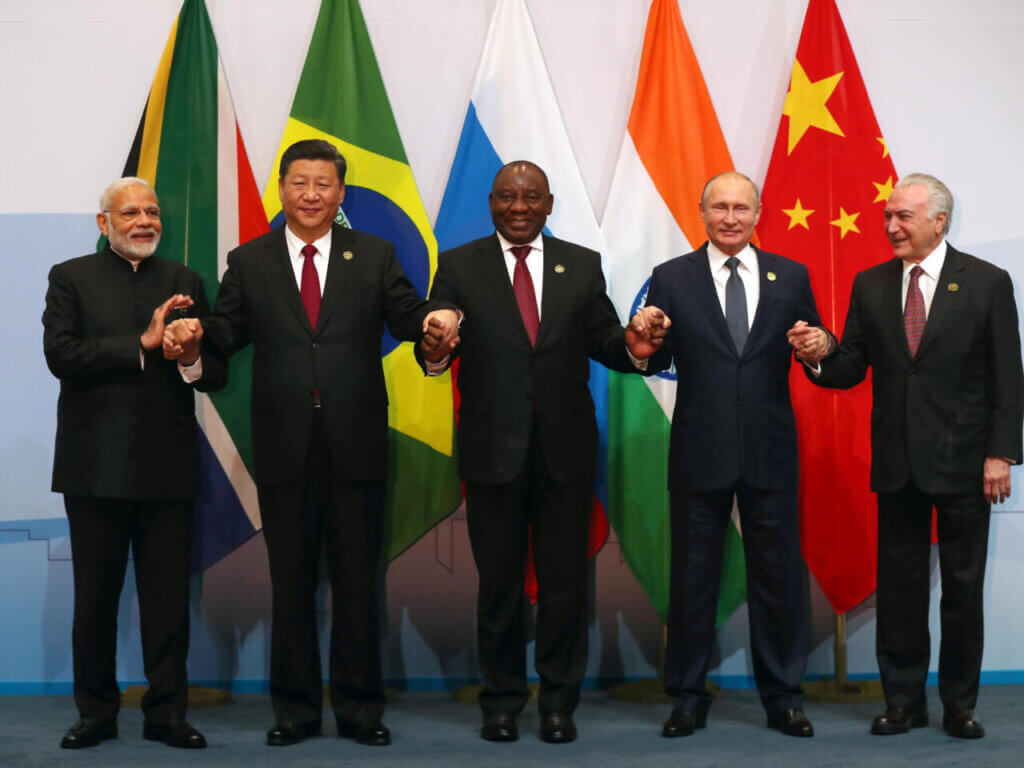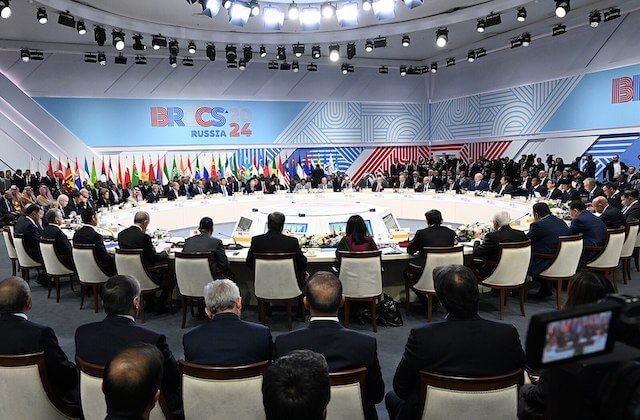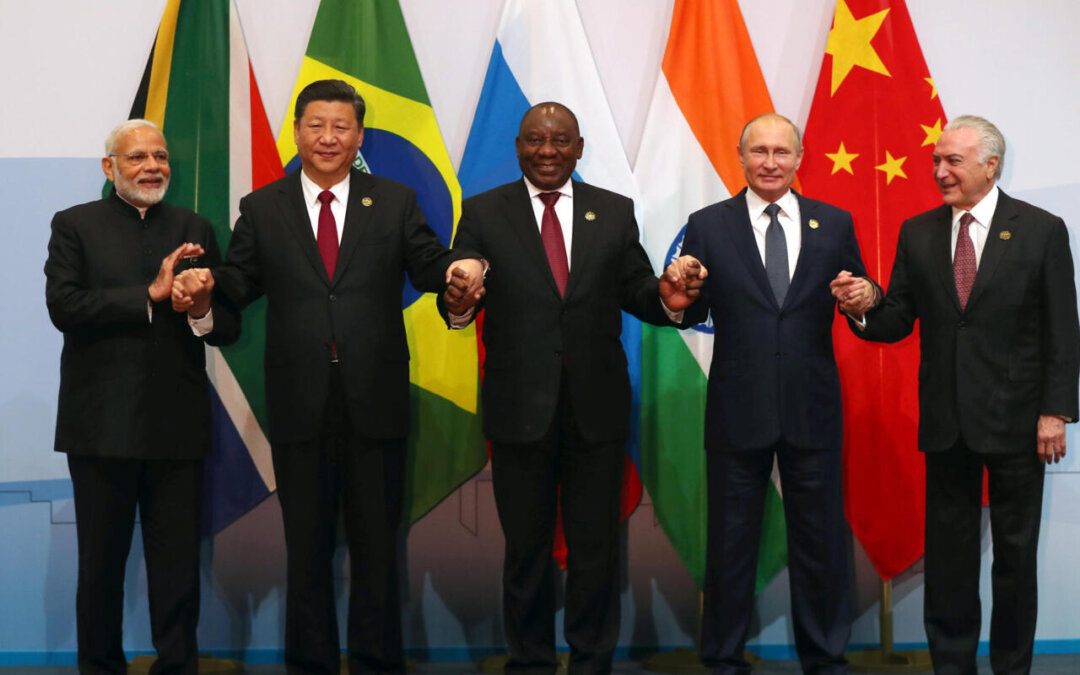Introduction
BRICS currency 2025 is becoming one of the most discussed topics in global finance this year. As tensions between major economic powers intensify, the idea of creating an alternative reserve currency to challenge the dominance of the US dollar has resurfaced with new energy. But is global de-dollarization really happening — or is it mostly political theater?
The Rise of the BRICS Currency Debate
In 2025, the BRICS bloc (Brazil, Russia, India, China, South Africa — now joined by new members) continues to advocate for greater independence from the US-led financial system. Recent summits have openly discussed the idea of launching a BRICS currency to facilitate trade and reduce reliance on the US dollar in global transactions.
“The BRICS countries are trying to build parallel financial infrastructures, but replacing the dollar remains extremely complex.”
Sanctions, trade wars, and geopolitical conflicts have only accelerated this conversation.
Why De-Dollarization Gained Momentum in 2025
Several key factors explain why de-dollarization is receiving more attention this year:
- Geopolitical sanctions: Countries like Russia and Iran are increasingly excluded from the dollar system.
- US debt concerns: America’s growing debt levels raise questions about long-term dollar stability.
- Central bank diversification: Some central banks are gradually increasing gold and non-dollar holdings.
- Energy transactions: Experiments with non-dollar settlements in oil, gas, and other commodities are expanding.
Still, the US dollar remains dominant — accounting for roughly 58% of global reserves as of early 2025.

Challenges Facing a BRICS Currency in 2025
Despite the political ambition, creating a true BRICS currency faces enormous obstacles:
- Lack of trust: Member countries have different political systems, economic models, and levels of transparency.
- Limited capital mobility: China, for example, maintains strict capital controls.
- Reserve credibility: Building global trust in a new currency requires years, not months.
- Technical complexity: Cross-border payment systems, clearing mechanisms, and exchange rate stability remain unsolved.
In short, creating a functional BRICS currency is not as simple as announcing it at a summit.
De-Dollarization: Reality vs Headlines
While the term de-dollarization makes for attention-grabbing headlines, actual global data tells a more nuanced story:
- The US dollar remains the top invoicing currency for trade worldwide.
- Global oil markets are still largely dollar-denominated.
- The dollar remains the world’s primary safe-haven asset during periods of financial stress.
- Dollar-denominated debt markets still dominate international financing.
“Partial de-dollarization may occur, but a true dollar replacement is unlikely in the short term.”
What Could Change in the Future?
While the BRICS currency 2025 project is far from mature, some developments could gradually shift the global balance:
- Expanded use of bilateral trade agreements that bypass the dollar.
- Growing adoption of central bank digital currencies (CBDCs) for cross-border settlements.
- Strengthening of non-Western institutions like the New Development Bank or Asian Infrastructure Investment Bank.
These are long-term trends — but they reflect a genuine desire to reduce dollar dependence over time.
How Investors Should View BRICS Currency 2025
For investors and businesses, the BRICS currency debate highlights important global shifts:
- Increased geopolitical risk means more currency volatility.
- Diversifying portfolios across multiple currencies and jurisdictions is becoming more relevant.
- Understanding cross-border payment systems and financial infrastructure is increasingly valuable.
- Commodities, precious metals, and alternative assets may play larger roles as hedges.

Conclusion
In 2025, the BRICS currency conversation reflects deeper geopolitical shifts — but the US dollar remains firmly in control of global finance. True de-dollarization remains a distant goal, even if political momentum continues to grow.
For now, the world isn’t witnessing the fall of the dollar — but rather, the slow rise of alternative financial experiments.
Other cool articles
- Swiss SMEs and Private Equity: Why Switzerland’s Mid-Market Is a Target for Global Funds
- Secondaries in Private Equity: Why LP Liquidity Is Creating a New Market Segment
- Permanent Capital Vehicles: The Next Evolution of Private Equity?
- Swiss Safe Haven: Why Switzerland Remains a safe bet for Investors
- Investing 2025: How Young Investors Should Navigate Higher Rates and Market Volatility
- BRICS Currency 2025: Is De-Dollarization Finally Happening?
- Federal Reserve Interest Rates 2025: How Global Markets Are Adapting

